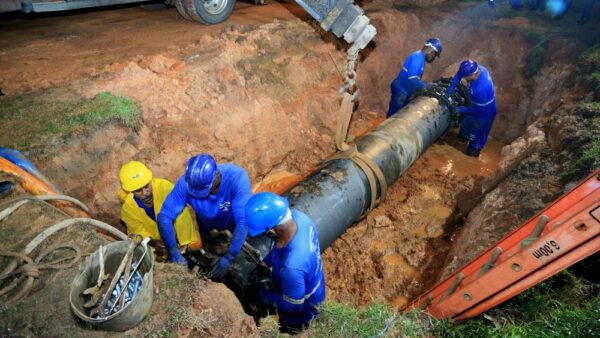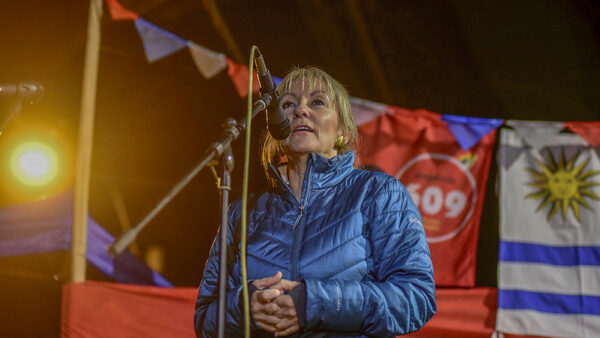In his famously long and scathing speeches delivered from the Miraflores presidential palace in Caracas, former Venezuelan President Hugo Chávez — who led the country until his death in 2013 — was always shadowed by a large and triumphant portrait of Simón Bolívar, the military leader who liberated Venezuela, Colombia, Ecuador, Panama, Peru, and Bolivia from Spanish rule in the early 1800s.
More than just a nod to his hero, the portrait of Bolívar represented much more to Hugo Chávez and his government. His unwavering belief in self-identification, popular democracy, and territorial and political sovereignty formed the basis of Chávez’s so-called “Bolivarian Revolution” in the late 1990s. Until today, the official name of the country is the Bolivarian Republic of Venezuela, seeking to continue Bolívar’s legacy by way of socialist rhetoric.
The resilience of Bolivarianism can be seen in both Venezuela — where Chávez’s successor, Nicolás Maduro, remains in power despite economic collapse and gargantuan pressure from the U.S. — and in Bolivia, where the Movement for Socialism party was swept back into...


 Search
Search






































